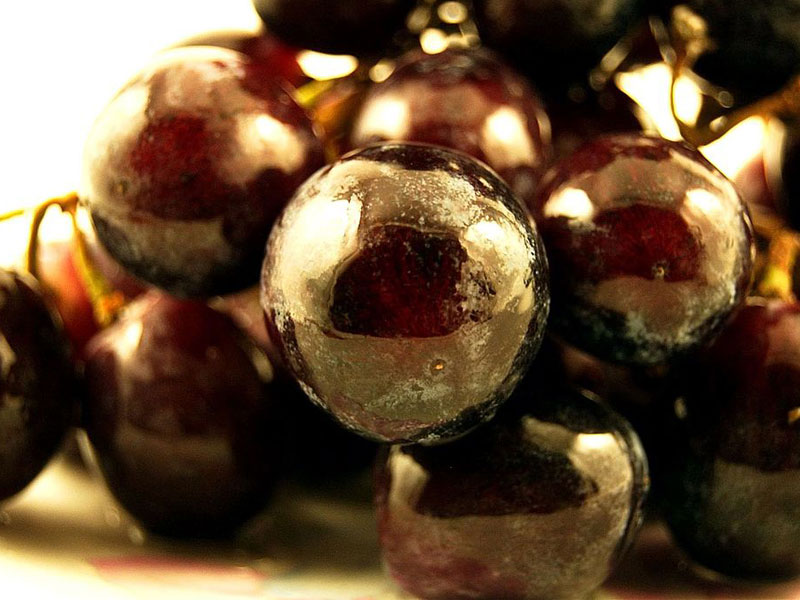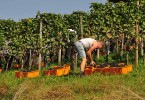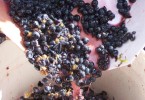Bacteria of wine. A travel inside this drink
The transformation of the bunch of grape into must and then into wine is a difficult process that needs time, also with the help of bacteria of wine.
How does it take place and what happens during the transformation
As it is known, the main aromas are hidden in the grapes, but it is the fermentation that reveal them, it explain why the process of fermentation is that important. After the picking, the bunches of grapes are pressed and they turn into must. At this point the yeasts and the bacteria of wine intervene, interacting among them and with the mushrooms, transforming the must into wine.
Inside this liquid the transformation continues with the lactic bacteria (Pediococcus, Leuconostoc e Lactobacillus), acetic bacteria (Acetobacter aceti, Gluconobacter oxydans and Acetobacter pasteurianus) and other families of bacteria. The fermentation is divided in two parts: the alcoholic one that transform the sugar into alcohol that can last from 5 to 15 years, and the malolactic one, that bring the wine to maturation and take place, generally in spring, because of the thermal increasing.
The alcoholic fermentation uses the yeasts that transform the sugar contained in the grapes of carbon dioxide and ethyl alcohol. The most known yeast is the Saccharomyces Cerevisiae but it can contain also other yeast like Hanseniaspora guilliermondii, Hanseniaspora uvarum, Metschnikowia pulcherrima, Kluyveromyces, Cryptococcus, Candida stellata e Pichia), lactic bacteria, acetic bacteria and moulds (Aspergillus, Botrytis cinerea, Rhizopus, Cladosporium, Mucor and Alternaria).
The malolactic conversion and its effects

The malolactic fermentation begins roughly 2 or 3 weeks after the alcoholic one and it last an average of 2 – 4 weeks. It is not a real process of fermentation but we are talking of a conversion (reaction of decarboxylation) of malic acid of carbon dioxide and lactic acid with the help of wine bacteria. There are necessary conditions to realize this process: pH shouldn’t been low, ethyl alcohol should not exceed the 15% and sulfurous dioxide should have a low concentration.
Its effects on the wine are the increasing of the pH of the 0,3-0,5 units and the lowering of the fixed acidity. In this way the wine will be more round, soft, balanced, lasting but also rich in perfumes. The malolactic conversion is always followed by red wines and recently also on some white wines. It is not foreseen for white wines that have to be consumed pretty young to not change their characteristic acidity.
The bacteria of the wine used for the malolactic conversion
In the grapes, normally, there are some of the necessary bacteria for the malolactic fermentation. These bacteria are inactivated until the changing in the conditions of preservation.
In the case it doesn’t happen selected bacteria can be also inoculated like Lactobacillus and Oenococcus. In the must there are Pedicocus (parvulus, damnosus, acidilactici and pentosaceus), or Lattobacillus omofermentanti (curvatus, bavaricus, plantarum, homohoichii and sakei), and Lattobacillus eterofermentanti (buchneri, fermentum, hilgardii, brevis or fructovorans) or Oenococcus oenii. Once the malolactic fermentation take place the bacteria can continue their action, attacking tartaric acid, sugar and glycerol causing some flaws in the wine.







